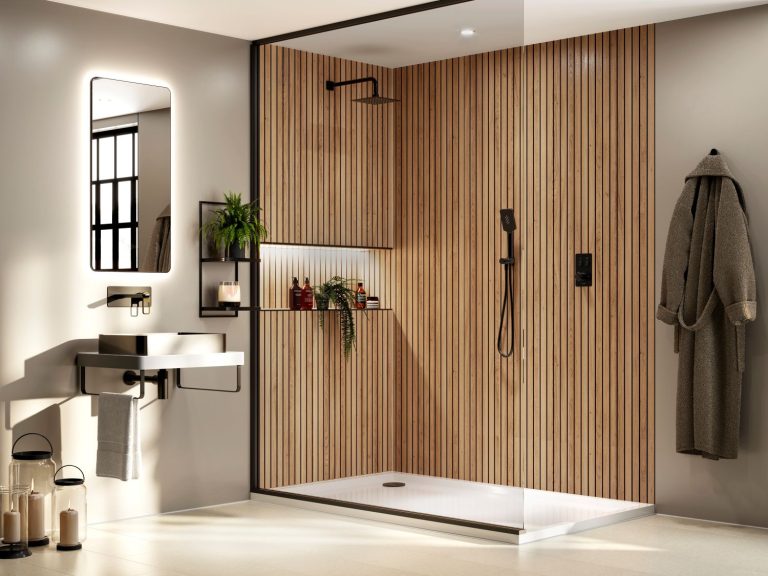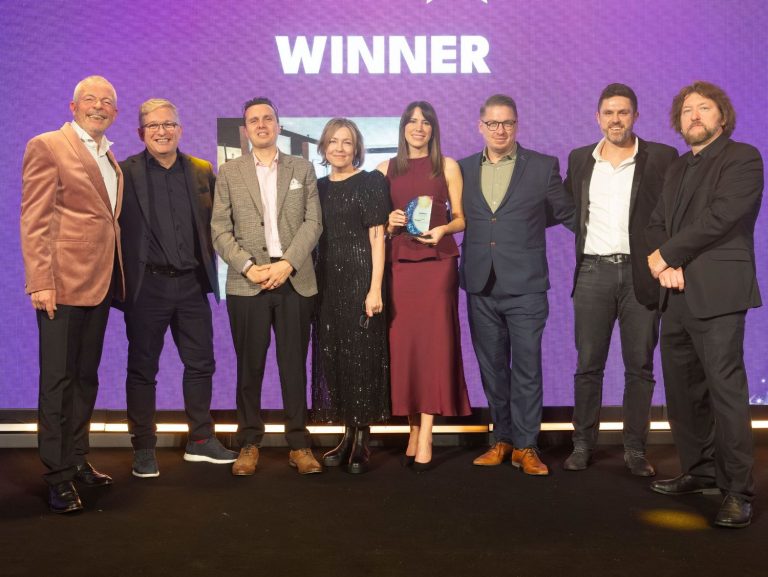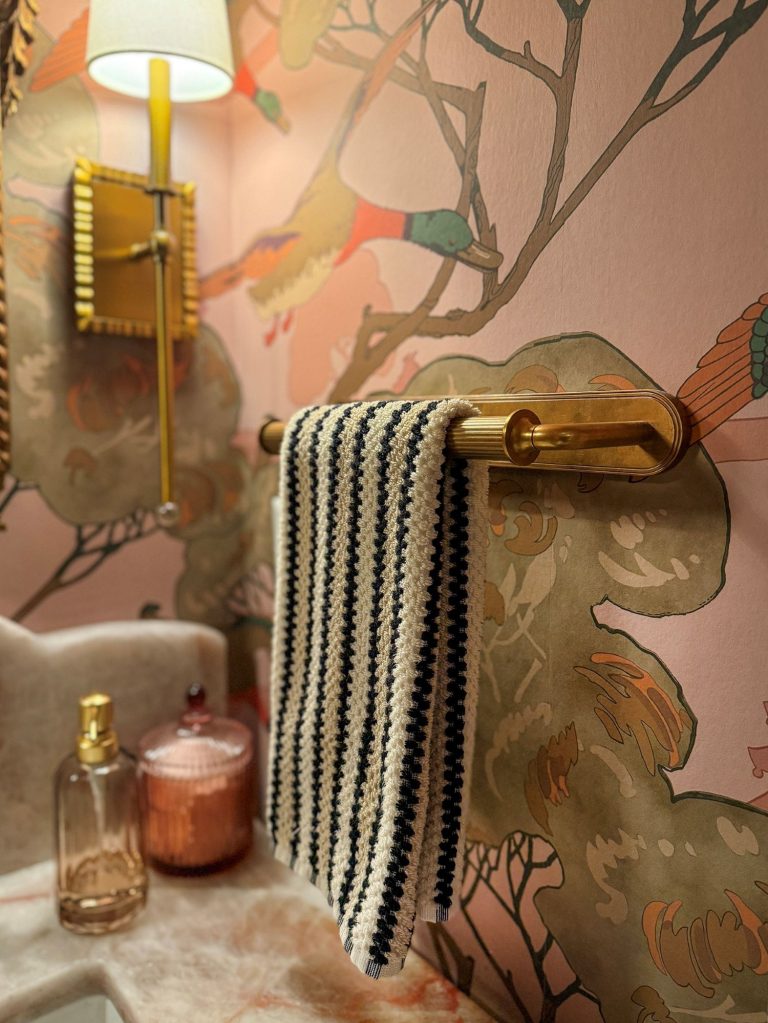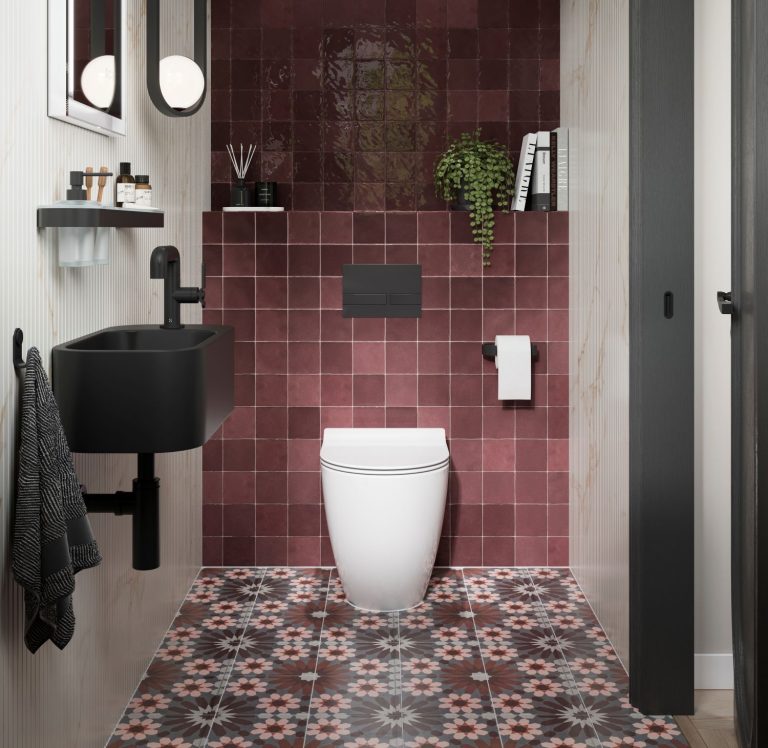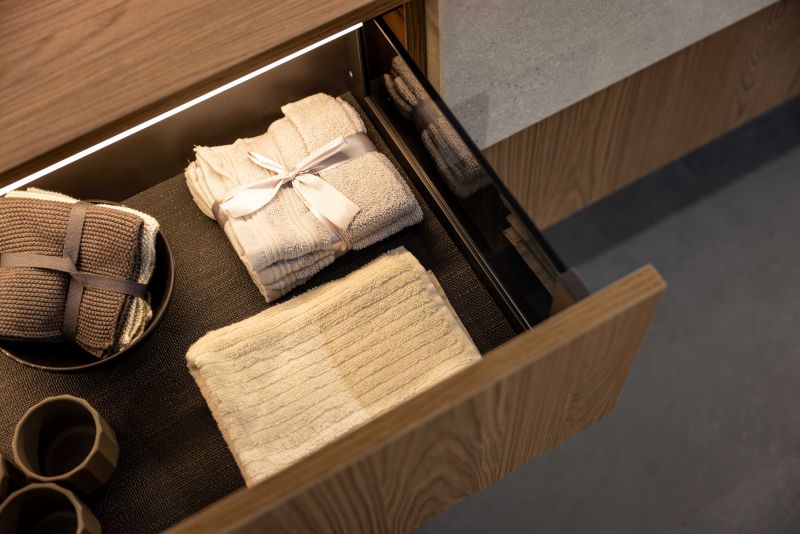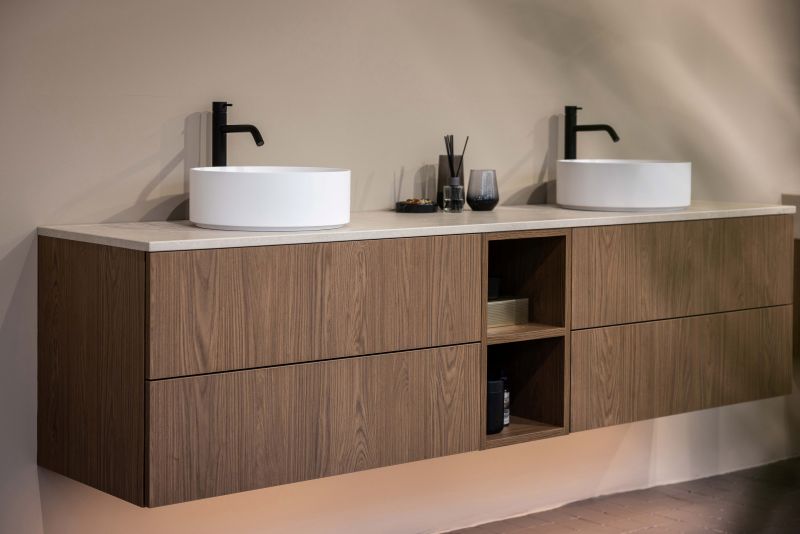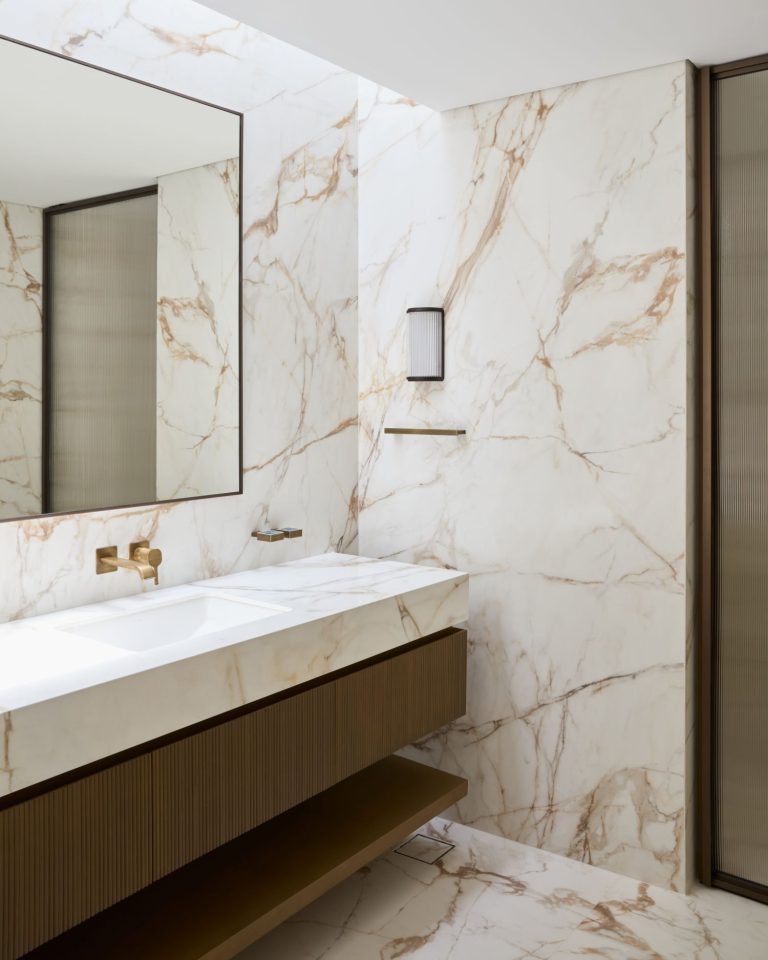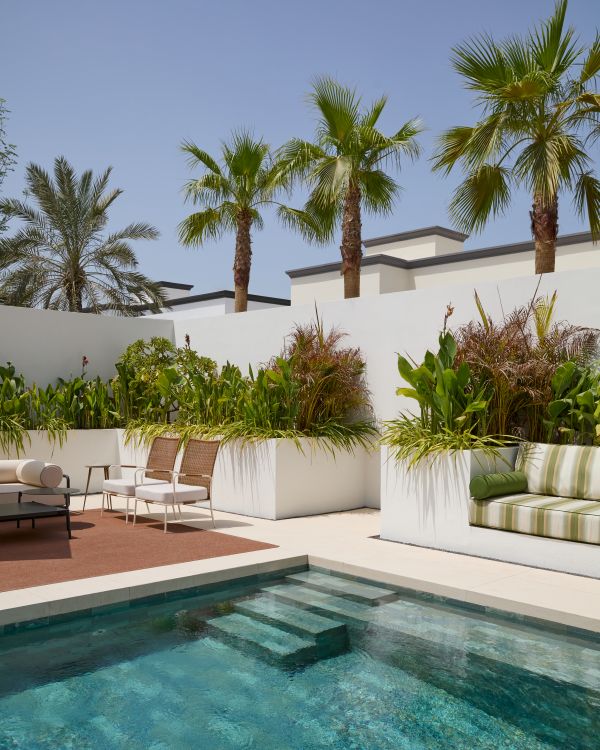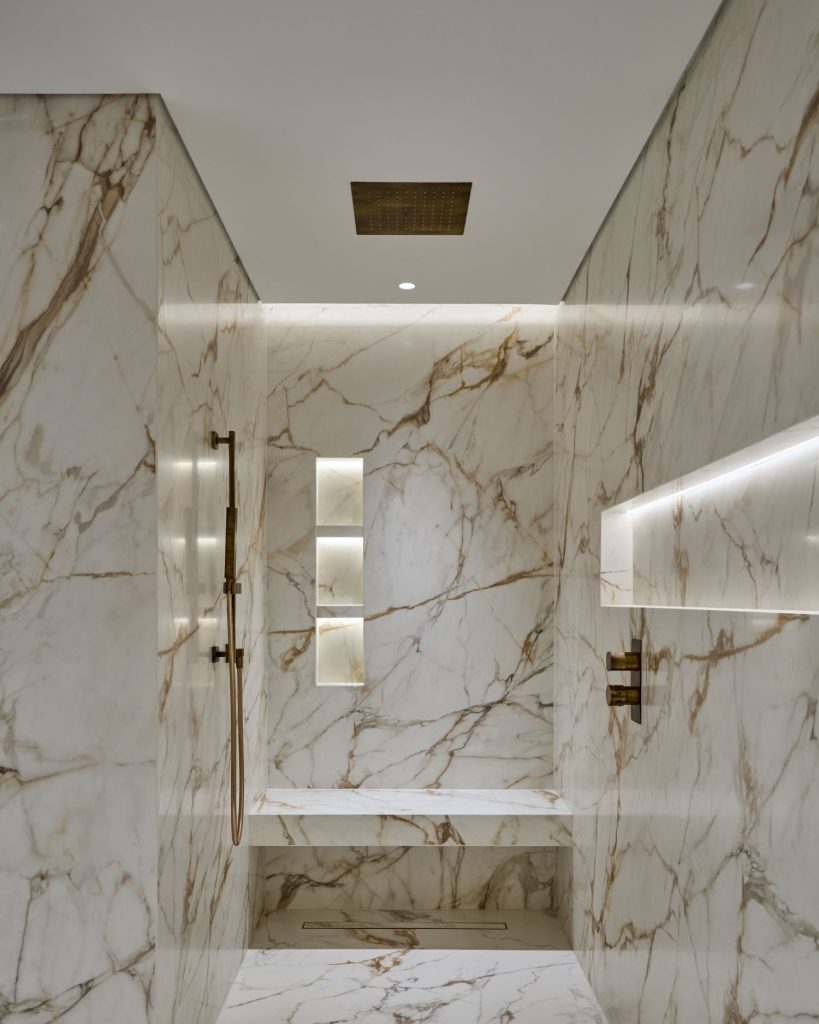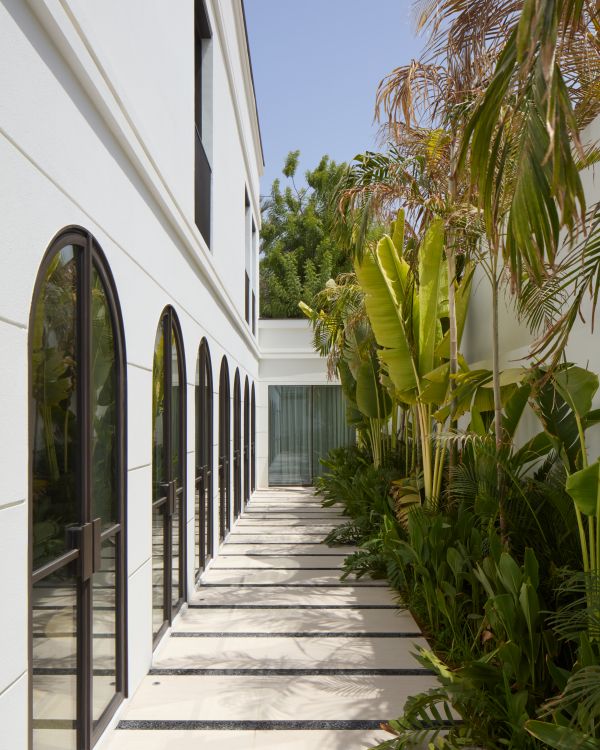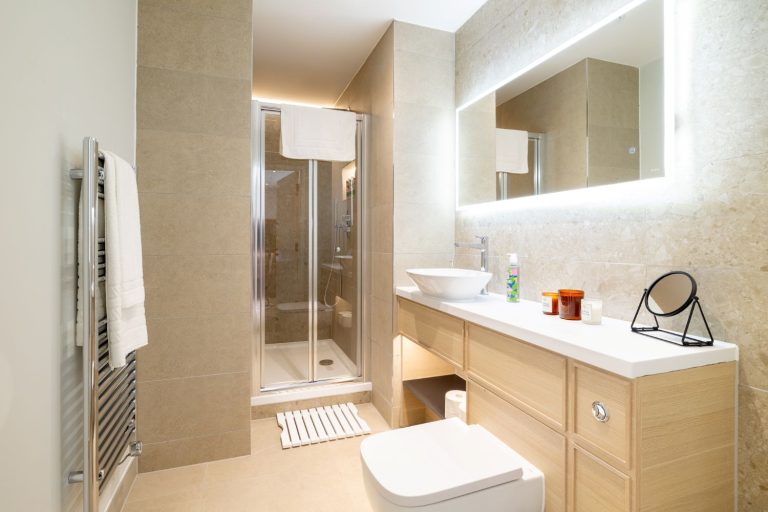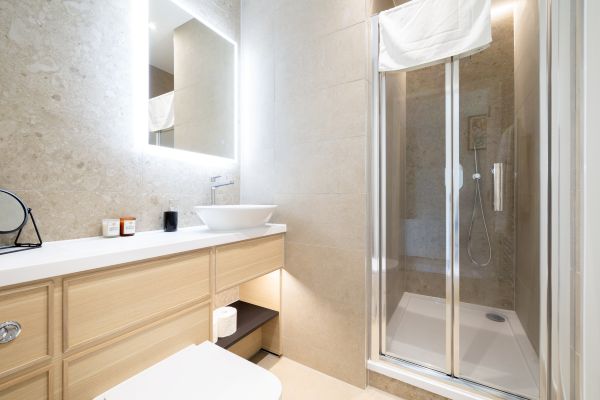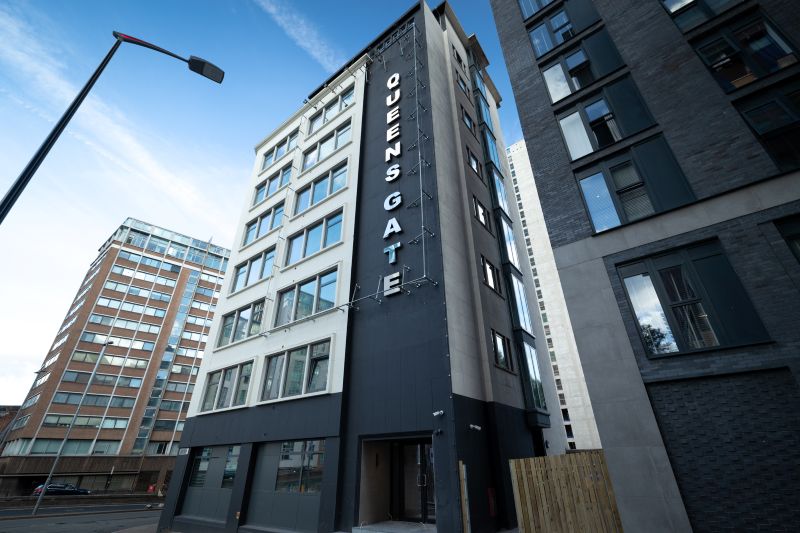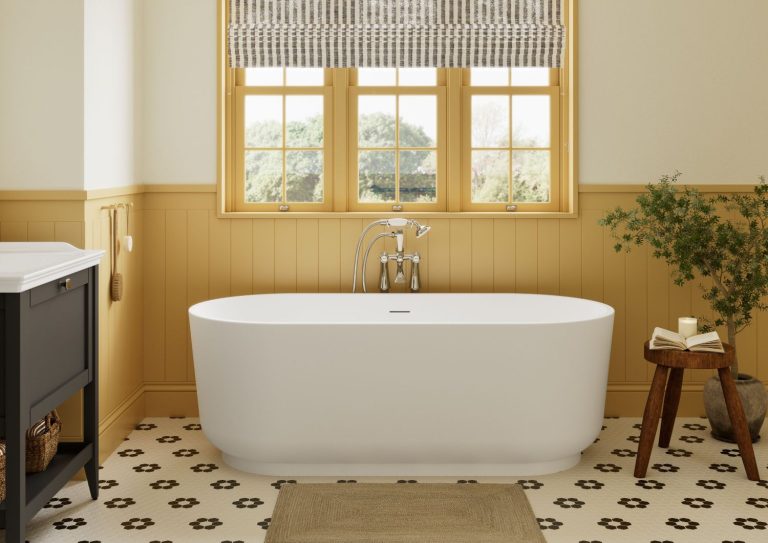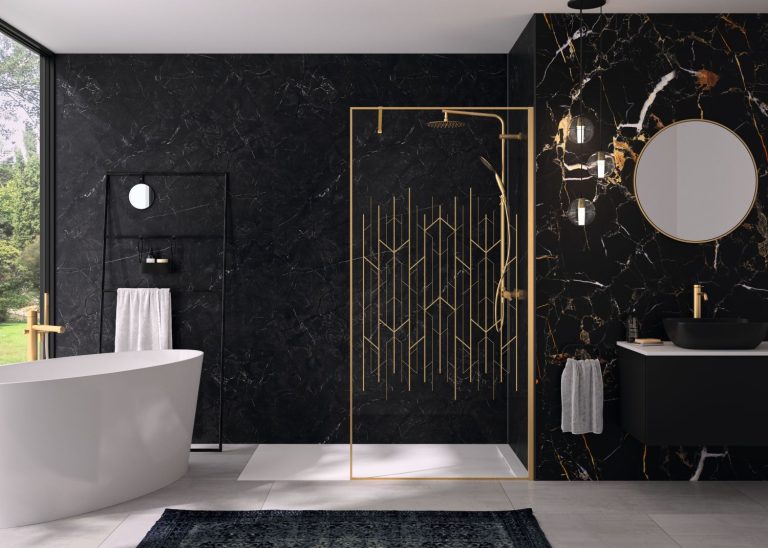Abode is providing expert advice on the most popular bathroom trends influencing both home and lifestyle in 2026. Dave Boddy, product manager at Abode has identified three top trends for the basin, bath and shower zone next year, and these include:
1. Off-white: Move over all-white sanitaryware as next year, the bath and basin will shift in colour to introduce bolder fixtures and fittings in all shades of grey. Now a popular method for coordinating with other products like the brassware, furniture, and accessories that can hang your bathrobe or serve practical functions like grooming, dark and light grey sanitaryware is now the most sought-after colour when compared to white. Proving that furniture is no longer the principal source for introducing colour into the bathroom, 2026 will welcome a range of coloured basins and baths so you can create a bold statement, which either blends or contrasts with your style of bathroom décor.
2. Textural Layering: As texture continues to change how we view the bathroom in terms of sight and touch, it’s no surprise that the latest products are presenting more tactile qualities to bring the surface of your tap and basin to the fore! From fluted design elements such as grooved wall panelling and straight-knurled lever handles across the brassware to natural materials in accents of metal and stone, these types of textures are being used to create bathrooms which are rich in detail, deeply personal, and in tune with nature. Texture is being applied across all elements of the bathroom as a way to personify the space, and fluted design elements are considered the top choice in 2026 for adding depth, and providing a direct contrast against smooth surface areas like the basin and bath, and wall and floor tiles.
3. It’s all about the finish: As we continue to enjoy defining our own personal style in the home, next year is all about the finish! From classic and bright to matt and modern, the bathroom will enjoy a range of special finish options and surface treatments in 2026, with the most popular taking inspiration from trending interior styles such as Japandi, and the Biophilic design trend. Look out for distinct metallic finishes in warm and cool tones with stand-out tap and shower designs moving towards tactile finishes that look as good as they feel. Whether polished, brushed or antique, brass remains a prime pick but in 2026, this enduring tap finish will be combined with key elements in matt black and white to provide a fresh take on using brass in the bathroom. We are also noting a growing desire for darker finish options in the bathroom with gunmetal emerging as the new favourite. Considered both a cool and warm metallic thanks to its charcoal blue undertones, gunmetal is deeper than traditional chrome to offer a sleek, industrial vibe in the bathroom and shower room, which is perfect for pairing with ultra-modern grey sanitaryware!
For more information, please contact Abode: Call 01226 283 434, email info@abodedesigns.co.uk or visit www.abodedesigns.co.uk 📍 Zenith Park, Barnsley, South Yorkshire S75 1HT


